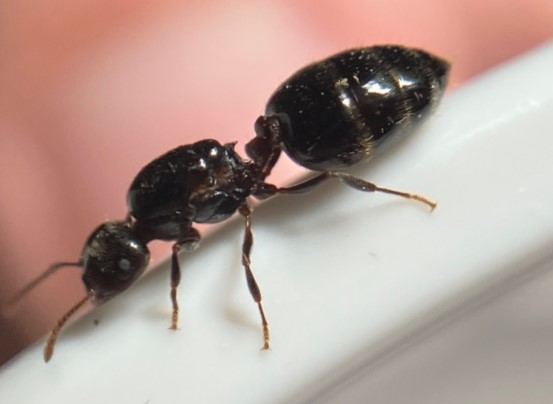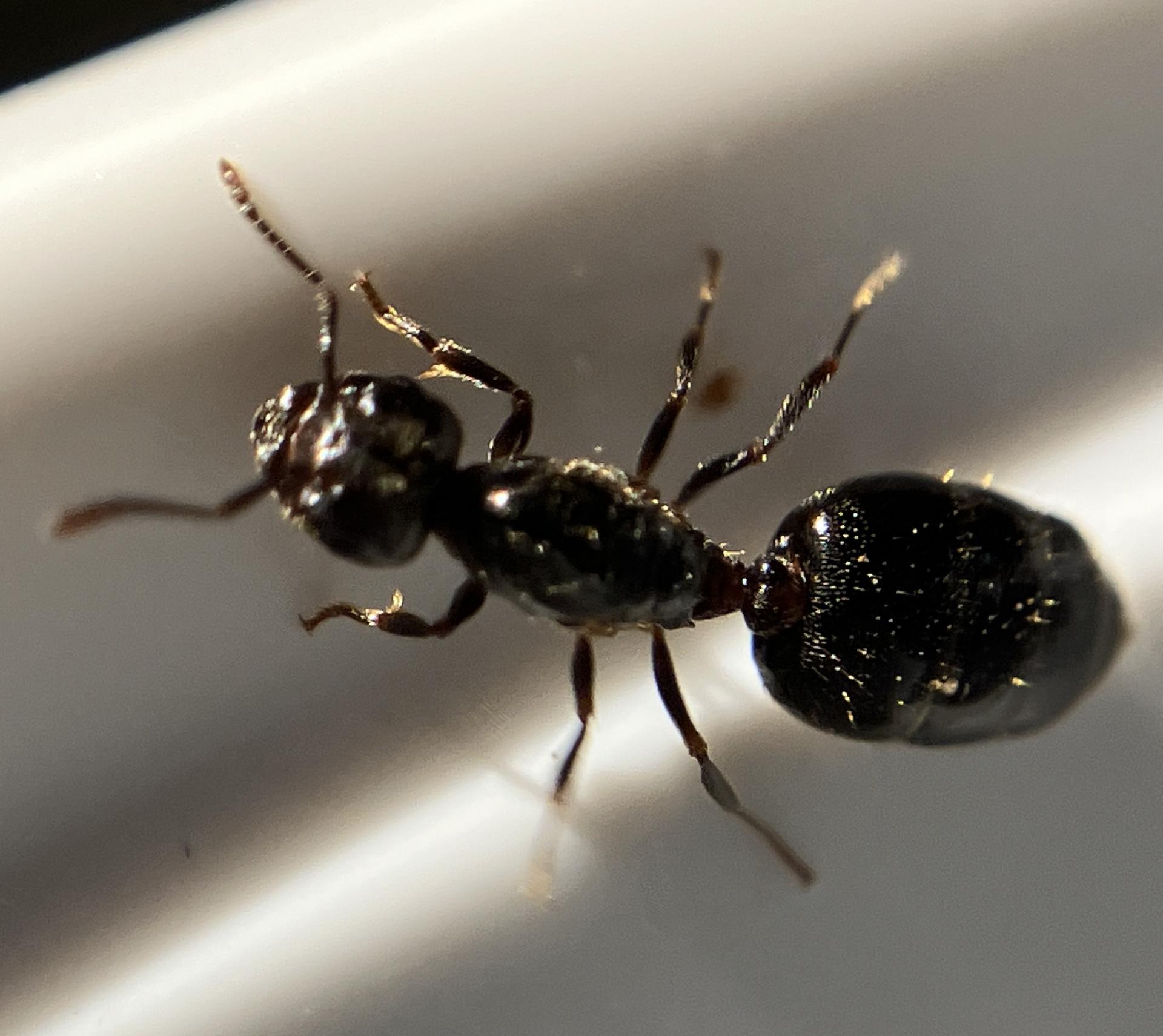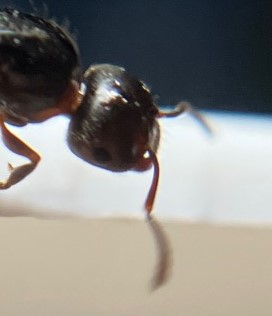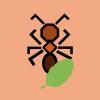Found in a suburban front yard in the Halton region on 17/08/2024. ~7mm, appears entirely black but petiole, legs (especially tarsi), and face are actually dark brown/reddish when viewed under bright light. Dorsal thorax and gaster with some sparse hair. Two small propodeal spines. Two petiole nodes. The last 3 antennal segments are clubbed.
Sorry the photos aren't ideal, this ant had better things to do than pose for me.
Thank you!

- Formiculture.com
- Forums
- Gallery
- Members
- Member Map
- Chat
























